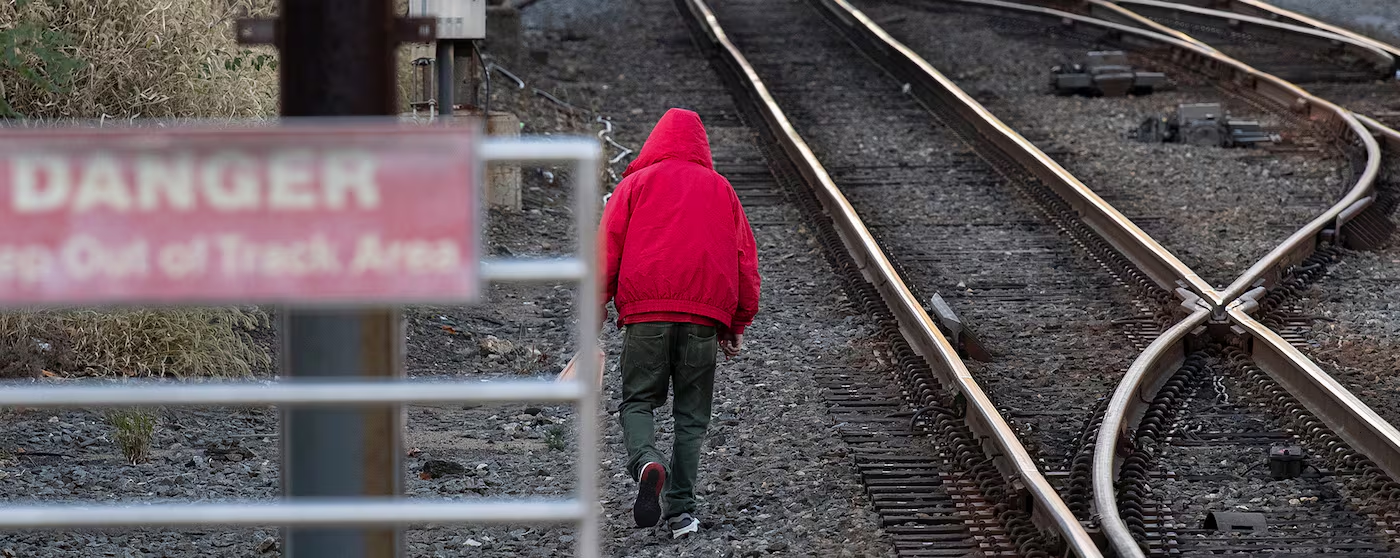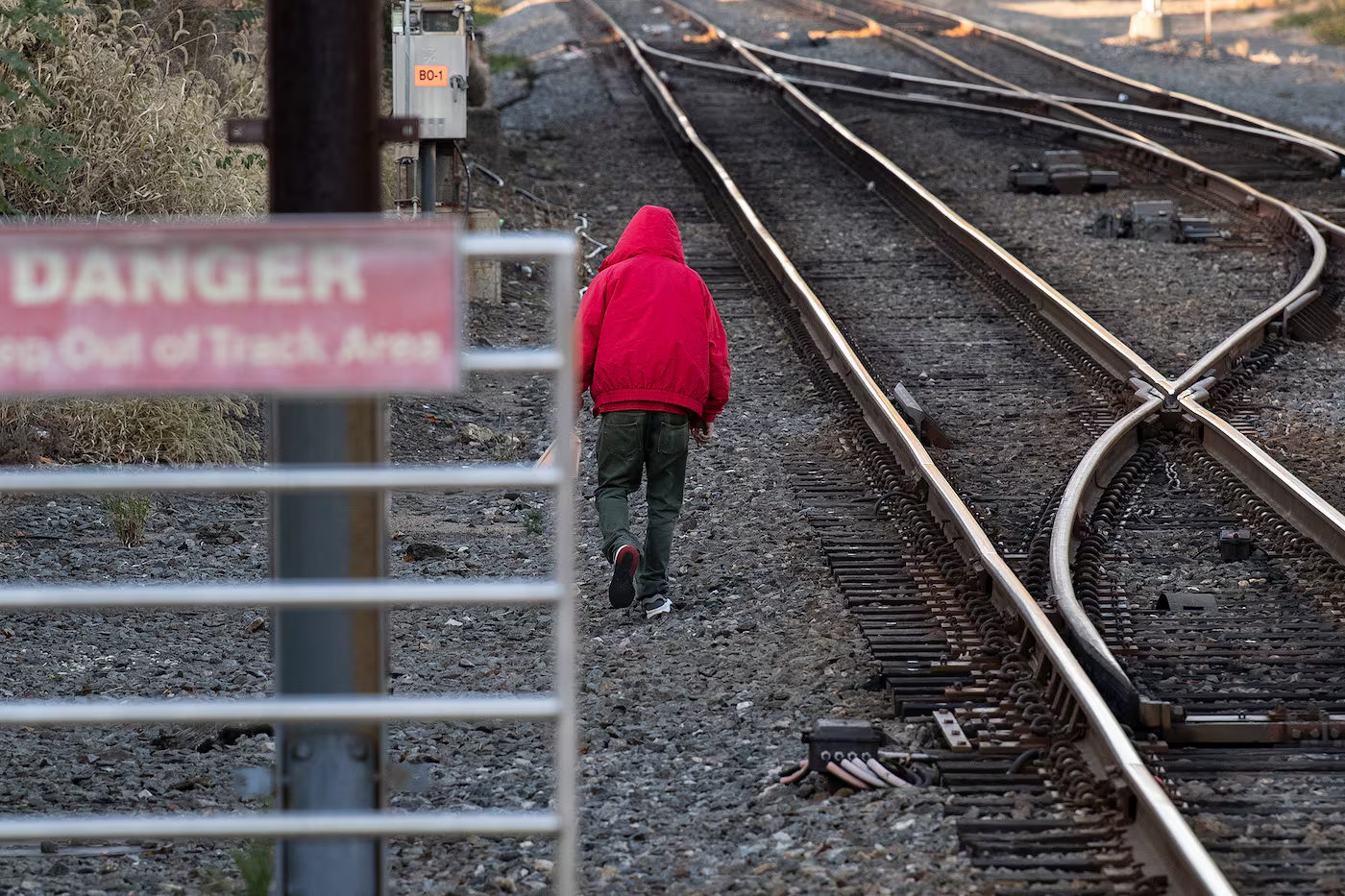Death by train


Almost half of America’s engineers have operated a train that killed someone on the tracks. Locally, it’s estimated to be even worse. Afterward, many suffer nightmares, anxiety, PTSD.


Almost half of America’s engineers have operated a train that killed someone on the tracks. Locally, it’s estimated to be even worse. Afterward, many suffer nightmares, anxiety, PTSD.